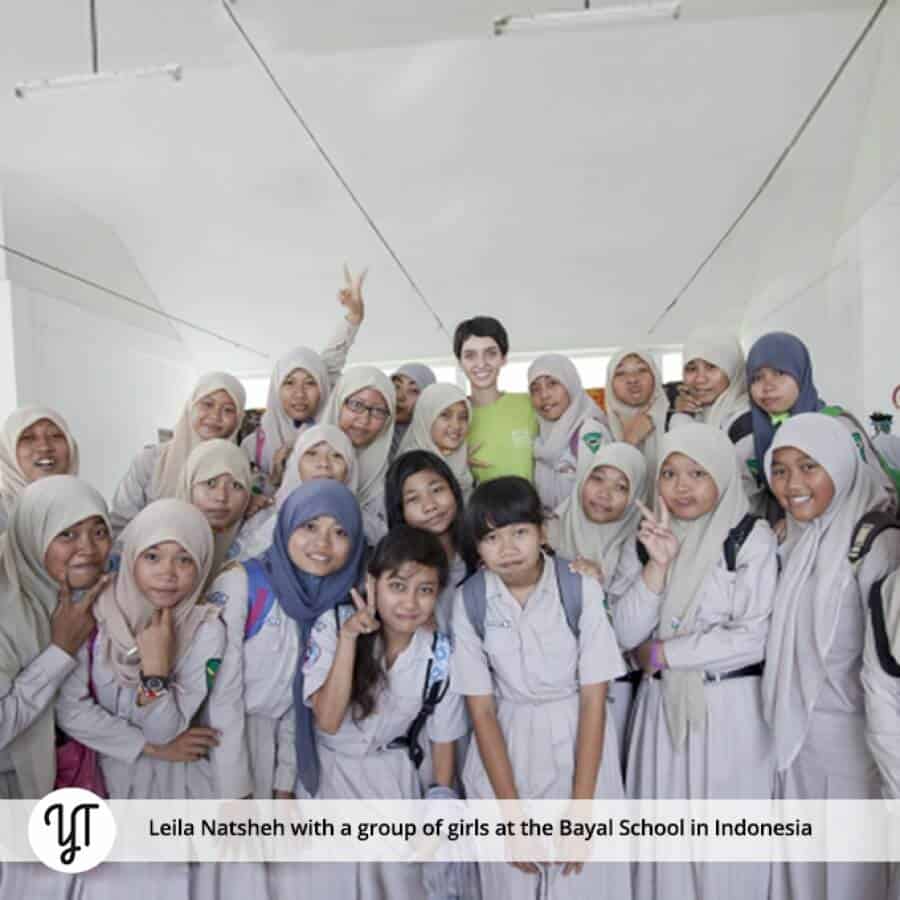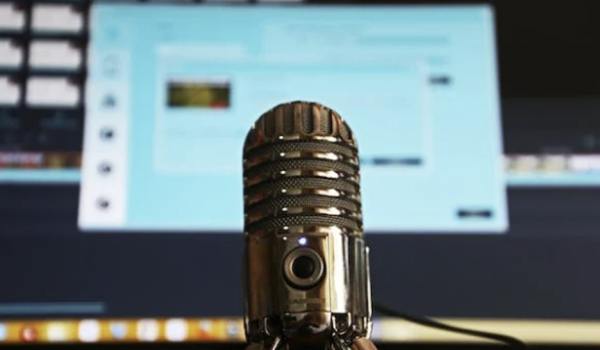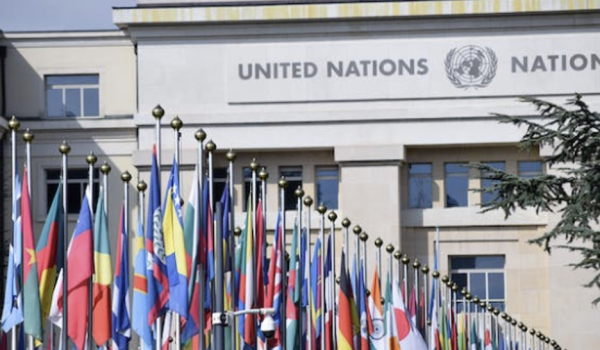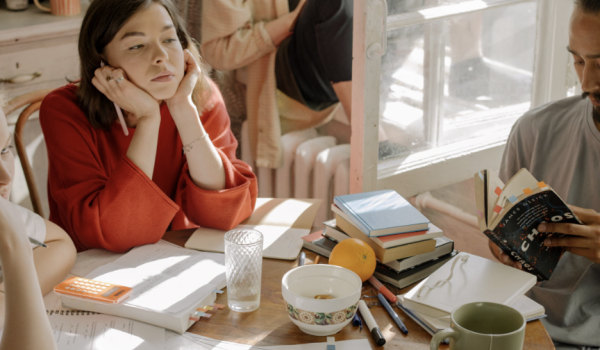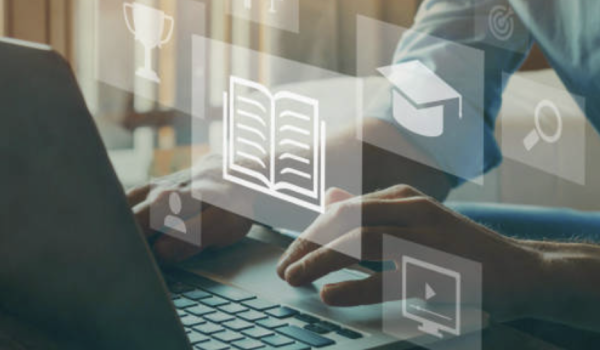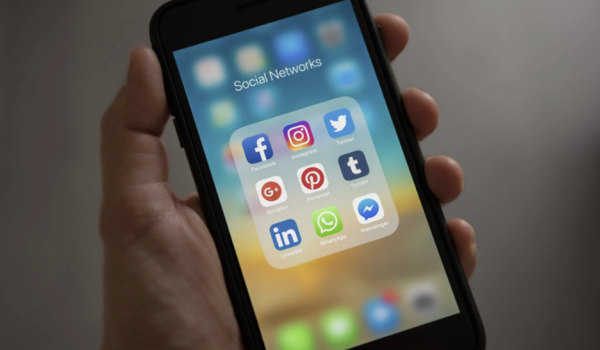In the following article we will share a few stories about young women who have put the methodology of service learning into practice. These are not examples of pure altruism, because all the heroines of these stories have openly admitted that they realized the opportunity for personal benefit from doing what they did. There is no doubt that, in the end, they gained more than they gave.
She stepped out of her comfort zone…far, far out of her comfort zone, but claims that the experience only made her a stronger person. LaKisha Tillman is the Student & Residence Life Manager at Northwestern University in Qatar, and is a seasoned student services professional. Over the last few years she has led her students on two service-learning trips – to Rabat in Morocco and New Delhi in India. They taught young children in impoverished conditions, in dingy locations, and witnessed extreme poverty first-hand. In spite of the shock and awe, she says, “you learn so much by just stepping out of your sphere.” She felt the sad truth that not everyone in the world is as privileged as we are, and this realization was a life-changing experience that helped her and her young students stretch their boundaries and maximize their potential.
Non-formal education is the learning that takes place outside the classroom, in a fairly organized and structured way. It may be closely related to informal education, where learning takes place more spontaneously – commonly euphemized as “learning by doing.” Service learning is where the formal, non-formal and informal combine. It combines classroom learning with community service and is focused on being engaged and involved in the community, serving the needy and exploring oneself throughout the process.
Service can take many different forms – some may volunteer in the neighborhood soup kitchen, or a home for the elderly, or join the neighborhood watch, while others may travel to far off places and help unprivileged communities by teaching young people English, or by providing medical support for those in need. Whatever the form this community service may take, the fact that it is called “service learning” shows that there is a learning process that takes place through these noble acts.
“I realized for the first time that those who learn by providing services to the community gain much more than those who need the service – and they don’t realize it”

A 22-year-old advertising professional, Saba Singh, felt that she got more than she gave from her service. “I realized for the first time that the service learners learn and gain much more than those who need the service – and they don’t realize it,” she said as she described her service trips to remote villages in Nepal and Thailand over the past two years. She taught basic computer skills to young children, donated books to their school library, helped renovate a library in the under-resourced school, and taught young kids basic English.
Being in that environment and seeing the poverty and pain with her own eyes obviously shocked and appalled her. But soon she realized that she had learned things that would stick with her for the rest of her life. “Once I returned, I realized that I had gained knowledge of a new part of the world. I had observed and learned about a truly humble lifestyle, and I had seen the happiness and contentment on faces that came from just a few schoolbooks. I have had the realization that it is possible to be happy with so much less. It is a form of security in a way as well. If things don’t work out, I know I can be happy with barely anything.”
Service learning has a tremendous impact on those who partake in it. Some would call it an emotional journey – one that really puts life into perspective. Often times, young people involved in service not only apply what they have learned in the classroom to their service, but also come out with a new and fresh worldview – a renewal of sorts.
“I thought racism was largely a thing of the past, as I was blinded by my white privilege”

Molly Barstow is a 23-year-old Fulbright Student Researcher, currently based in Rabat but originally hailing from Boston. Molly spent her undergraduate life in Chicago, and first got involved with Jumpstart by working with underprivileged, racially discriminated-against, Black and Latino children, providing early intervention to develop literacy and social skills. The most eye-opening and influential part of Jumpstart for her was learning about institutional racism in the education system, and in turn, in society as a whole.
“Prior to working in the Jumpstart classroom, I was ‘colorblind.’ I thought racism was largely a thing of the past, as I was blinded by my white privilege. Jumpstart helped to give me a necessary slap in the face to confront the reality of racial inequality in our country” – Molly said, rather emotionally. From there, Molly went on to continue doing community service. She volunteered every weekend with a labor union on a living wage campaign for the food service workers at Chicago airports – in notoriously violent neighborhoods, where a number of black men asked her, “You’re not scared of me?” implying that she, as a young white female, should be afraid of a black man simply because of the stereotypes of black males and their neighborhood. Those questions struck her as particularly depressing because they illustrate how powerful stereotypes are in driving human interaction and how negative the stereotypes of black people, and particularly of black men, are.
Being involved in these activities and groups helped to shape Molly’s worldview in a profound way. She saw systems of power, race, inequality, and oppression more clearly than before. Molly says – “I have become much more vocal against these systems and will continue to educate myself, and others, on these issues.”
“They would hold my hand, kiss it, and put it on their cheeks…”
A few years ago, Leila Natsheh, a graphic designer and photographer by profession, had the opportunity to accompany some young adults on a service trip to a school in a poor Indonesian village. Her connection to the service, or just witnessing it, was more than informative – she said it was in the broadest sense educational. Leila feels designers need to travel and explore a lot – watching others’ lives, and maybe sharing a few moments with them in their natural environment. As small a step as that might seem, it is still making a change in one’s perception of reality, and the depth of a designer’s vision. “Even though I was not a teacher, only a photographer, they would hold my hand, kiss it and put it on their cheeks. It brought us all to tears.”
Service learning gives young people opportunities to apply what they have learned in the classroom, to reach out to their community and make a positive impact in the lives of the needy. The U.S. based National Youth Leadership Council defines service learning as “a philosophy, pedagogy, and model for community development that is used as an instructional strategy to meet learning goals.” It is about bringing classroom learning into action, to serve others. Service learning is all about increasing skills, applying formal education to non-formal settings, and being rewarded with emotional gratification and a feeling of altruism.
Saba Singh, 22, believes that service learning is the best kind of non-formal education for students – it provides students with skills that are directly applicable to a workplace setting: a capacity for analysis, the ability to adapt, and an understanding and appreciation of social differences.
Molly Barstow, 23, says that service learning as a method of non-formal education ensures that you will better understand the issues at hand and teaches commitment and discipline, and makes a positive impact on our communities.
Support us!
All your donations will be used to pay the magazine’s journalists and to support the ongoing costs of maintaining the site.
Share this post
Interested in co-operating with us?
We are open to co-operation from writers and businesses alike. You can reach us on our email at [email protected]/[email protected] and we will get back to you as quick as we can.
